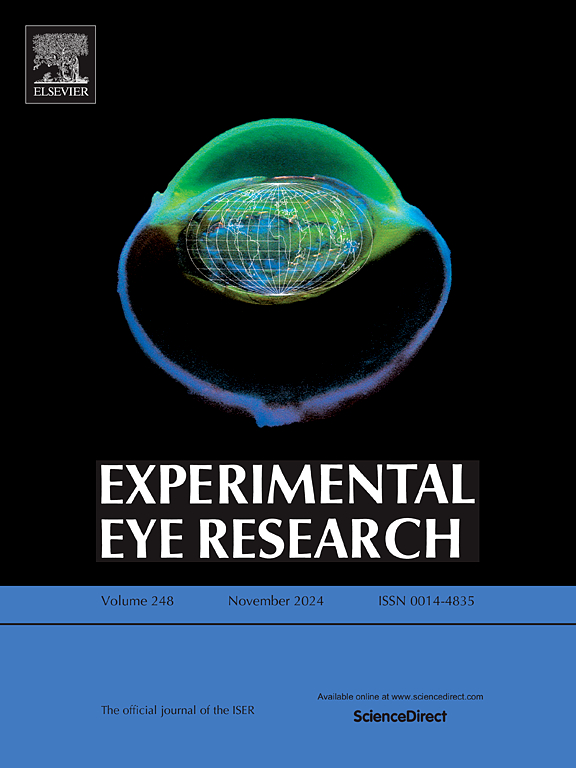Advances in risk prediction models for Glaucoma: An updated narrative review
IF 3
2区 医学
Q1 OPHTHALMOLOGY
引用次数: 0
Abstract
Glaucoma is a leading cause of irreversible blindness and is characterized by optic nerve atrophy and progressive visual field loss. Risk prediction models are crucial for early screening and personalized treatment by identifying high-risk individuals for timely intervention. Recent advances in machine learning and artificial intelligence have improved prediction accuracy by integrating complex multivariable data. Models incorporating clinical factors, such as intraocular pressure, optic nerve head morphology, retinal nerve fiber layer thickness, and family history, as well as imaging and genomic markers, have demonstrated strong performance using algorithms, such as random forests and support vector machines. Importantly, emerging models enable stratified risk assessments for specific glaucoma subtypes, including primary open-angle glaucoma, primary angle-closure glaucoma, and secondary glaucoma, thereby supporting targeted screening and subtype-specific prevention strategies. This review summarizes recent progress in glaucoma risk prediction models and their applications in epidemiology, subtype risk evaluation, and blindness prevention, along with challenges in model generalizability, with the aim of advancing early detection and personalized care.
青光眼风险预测模型的研究进展:最新综述
青光眼是不可逆失明的主要原因,其特征是视神经萎缩和进行性视野丧失。风险预测模型对于早期筛查和个性化治疗至关重要,通过识别高风险个体进行及时干预。机器学习和人工智能的最新进展通过整合复杂的多变量数据提高了预测的准确性。使用随机森林和支持向量机等算法,结合眼压、视神经头形态、视网膜神经纤维层厚度、家族史等临床因素以及成像和基因组标记的模型表现出了较强的性能。重要的是,新兴模型能够对特定青光眼亚型(包括原发性开角型青光眼、原发性闭角型青光眼和继发性青光眼)进行分层风险评估,从而支持有针对性的筛查和针对亚型的预防策略。本文综述了青光眼风险预测模型的最新进展及其在流行病学、亚型风险评估和失明预防方面的应用,以及模型可推广性面临的挑战,旨在促进青光眼的早期发现和个性化护理。
本文章由计算机程序翻译,如有差异,请以英文原文为准。
求助全文
约1分钟内获得全文
求助全文
来源期刊

Experimental eye research
医学-眼科学
CiteScore
6.80
自引率
5.90%
发文量
323
审稿时长
66 days
期刊介绍:
The primary goal of Experimental Eye Research is to publish original research papers on all aspects of experimental biology of the eye and ocular tissues that seek to define the mechanisms of normal function and/or disease. Studies of ocular tissues that encompass the disciplines of cell biology, developmental biology, genetics, molecular biology, physiology, biochemistry, biophysics, immunology or microbiology are most welcomed. Manuscripts that are purely clinical or in a surgical area of ophthalmology are not appropriate for submission to Experimental Eye Research and if received will be returned without review.
 求助内容:
求助内容: 应助结果提醒方式:
应助结果提醒方式:


